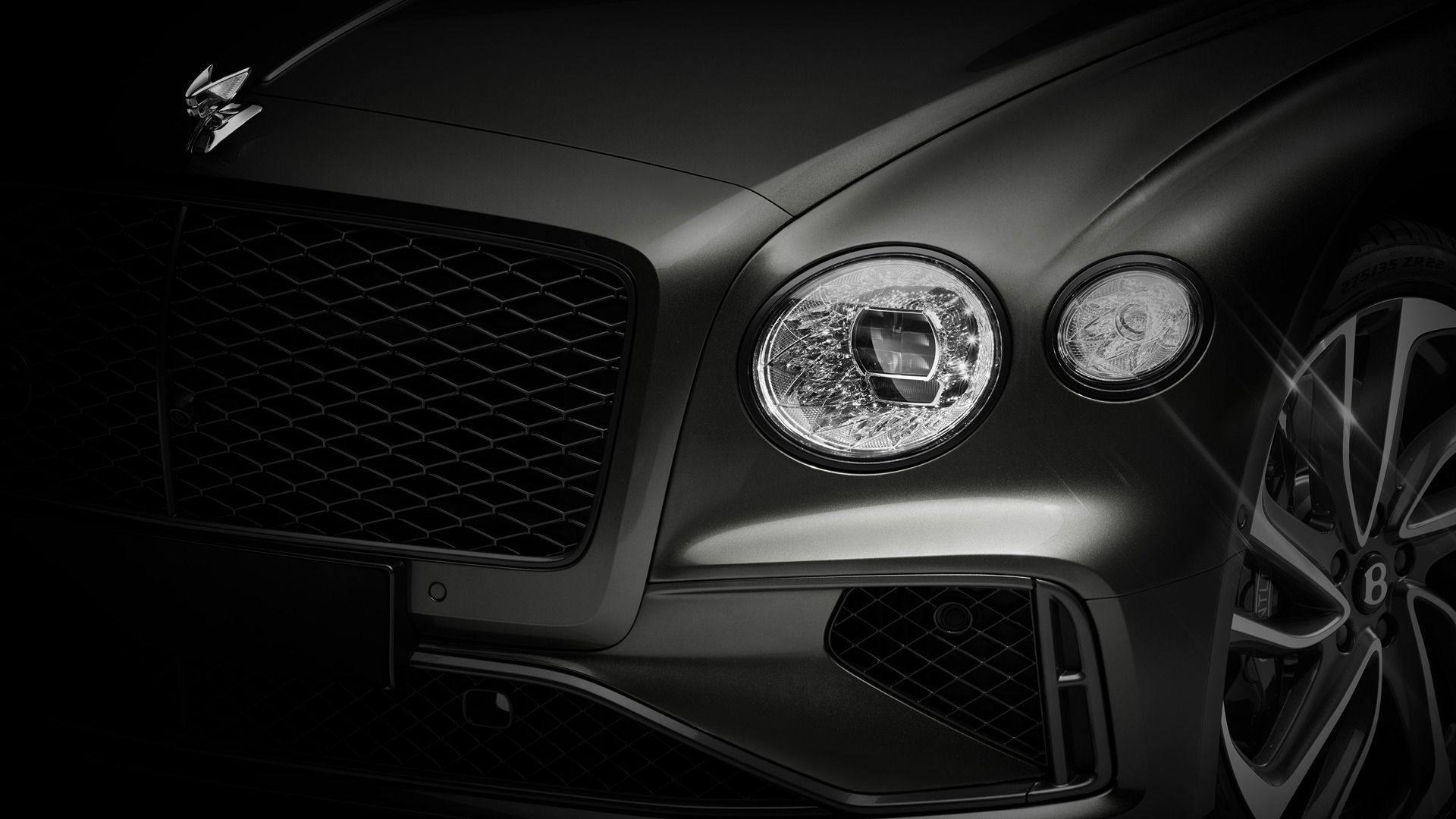Key Takeaways
- Bentley bids farewell to the iconic W12 motor after more than two decades in production.
- In production since 2003, the engine received myriad enhancements over the years to improve performance and efficiency.
- The W12 has been replaced by an electrified V8 that is more efficient, eco-friendly, and powerful.
Bentley is bidding a tearful goodbye to the iconic W12 motor, which has powered thousands of grand tourers, luxury sedans, and plush SUVs over the years. More than 100,000 have been built since 2003, but the automaker has closed the chapter for good with the last W12-powered cars rolling off the production line in Crewe, England.
The automaker said goodbye to the 6.0-liter engine with a special lunch for the W12 assembly and R&D teams. To mark the momentous occasion, assembly line workers were also presented with a W12 engine piston. The original motor, first introduced in 2003 for the Continental GT, was created by fusing two V6 engines with a common crankshaft. The result was a compact motor 24% shorter than a regular V12 engine.
A Quick W12 History Lesson
Even by today’s standards, the engine is impressive. Thanks to twin-turbocharging, it developed a remarkable 552 horsepower and 479 lb-ft of torque. As a result, it could reach a top speed of nearly 200 mph, paired with solid acceleration and the refinement one expects of a Bentley. In the Continental GT Speed, the W12 allows 0-60 mph in 3.5 seconds and a top speed of 208 mph.
Add CarBuzz to your Google News feed.
In 2015, Bentley redesigned the W12 engine to be even better. The turbos were enhanced to respond quicker, while the fuel system was improved to reduce emissions. To cater to the Bentayga’s different usage patterns (read: very rare off-road excursions), the engine was tested at tilt angles of up to 35 degrees. Bentley also introduced a cylinder deactivation system for greater gas mileage. Over the years, the luxury brand says that the W12’s power increased by 34%, torque increased by 54%, and CO2 emissions decreased by 25%.
“The W12 has played such an important role in the history of Bentley that it was only right for us to celebrate the engine’s retirement with those linked to this powerplant. The engine’s introduction helped change the face of the company almost overnight and so will go down in history as a true game changer and we should feel very proud to have designed, developed and manufactured such an icon in Britain for such a long period of time.”
– Andreas Lehe, Member of the Board for Manufacturing at Bentley Motors
Replacement V8 May Be Smaller, But It’s Mighty
Bentley introduced the special Speed Edition 12 models last year, with 120 Bentayga, Continental GT, Continental GT Convertible, and Flying Spur receiving the W12 engine and other special touches. However, the ultimate iteration of the 12-cylinder was introduced this year. Offered in the ultra-exclusive Batur, the W12 was tuned to produce an incredible 740 hp and 738 lb-ft of torque.

Related
This Is The Next Bentley To Lose The W12
The Crewe-based automaker says it will be the most powerful Bentley four-door model yet.
While the W12 is no more, the replacement engine is already here, and it’s a remarkable feat of engineering. The new plug-in hybrid 4.0-liter V8 may be smaller than its predecessor, but with as much as 771 hp and 738 lb-ft of torque, it’s even more powerful – and we doubt Bentley will stop there for later models. The advent of electrification means Bentley’s biggest luxury cars have a combined range of 500 miles. The V8 motor debuted in the latest Continental GT Speed, and will soon make its way into the Flying Spur, which will be revealed in the coming months, but we can expect more limited-edition models with even more astonishing performance in the future.
#Worlds #Successful #12Cylinder #Engine #Dead


